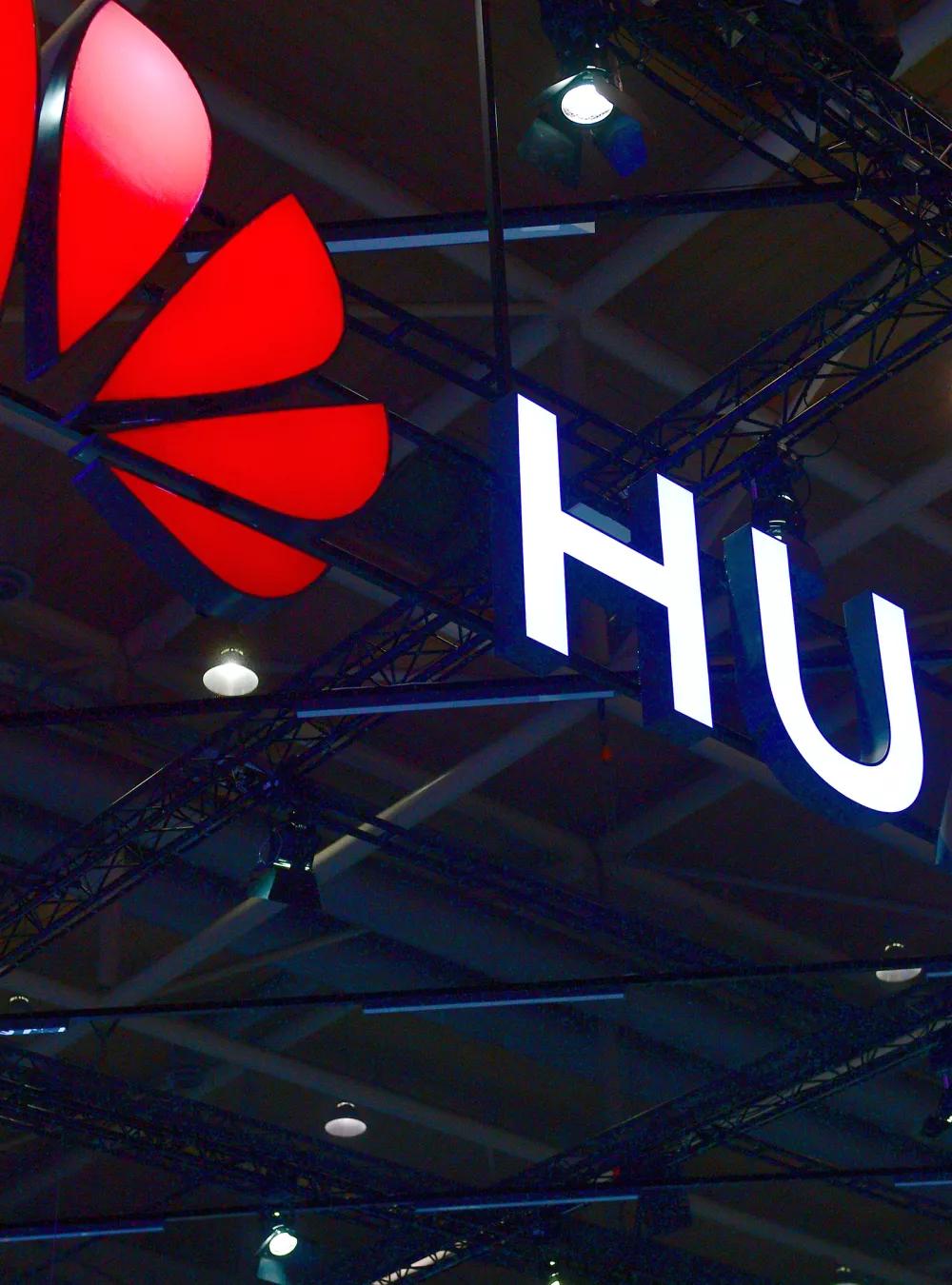This report describes MITRE’s Cross-Cutting Urgent Innovation Cell’s (CUIC’s) use of non-traditional data (NTD) for Battle Damage Assessment to develop methodologies and identify datasets and commercially available tools and analytics.

Battle Damage Assessment of U.S. Actions Toward Huawei (2019–2020): The Non-Traditional Data Approach
On May 15, 2019, President Trump signed the Executive Order on Securing the Communications Technology and Services Supply Chain, which effectively banned the Chinese technology company Huawei from operating and selling its products in the United States. The following day, the U.S. Department of Commerce’s Bureau of Industry and Security (BIS) added Huawei to its Entity List, imposing an export license requirement on all exports, re-exports, and transfers of items to Huawei. This barred the company from directly purchasing U.S.-made equipment critical to making components for its high-end products under a policy of “presumption of denial.”
One year later, on May 15, 2020, BIS closed a loophole that allowed foreign companies to use U.S. technology to fill custom orders for Huawei. This new restriction prohibited Huawei’s non-U.S. suppliers from using U.S. technology to manufacture any products for the company if the process involved more than de minimis use of any U.S. technology. However, this only applied to foreign companies that used U.S. technology to fill Huawei’s custom orders, mainly for advanced chips that power its newest and most sophisticated products. In other words, even after this second round of restrictions, Huawei was still technically allowed to purchase off-the-shelf products that were manufactured using U.S. technology.
Finally, on August 17, 2020, only a few months after it unveiled its second round of sanctions, BIS closed the loophole that allowed Huawei to purchase off-the-shelf goods, even those designed by other firms, if U.S. technology was involved in the manufacturing process. This cut off Huawei’s access to the chips that it needs to power its most advanced products because U.S. technology is so crucial throughout the semiconductor supply chain.
MITRE’s Cross-Cutting Urgent Innovation Cell (CUIC) sought to leverage a wide range of Non-Traditional Data (NTD) data sources to assess the impact of these U.S. sanctions on Huawei, its competitors, and its top U.S. suppliers. This approach involved the use of shipping, business intelligence, information environment, and internet metadata sources. The combination of these different tools enabled the observation of how sanctions affected not only Huawei’s bottom line but also the company’s survival strategy, captured in this report by its investments and donations.
The analysis also assessed how U.S. sanctions affected online discourse and attention related to Huawei, its competitors, and U.S.–China relations across several countries and languages. The remaining sections of this report describe the type of data that was observed, and some sections, such as “Hubble’s Strategic Investments,” combine multiple different data sources. Data regarding Huawei’s international donation activity that was acquired from a vendor was supplemented with open-source datasets.
This paper describes the capabilities and limitations of the sources used and inform the ideal circumstances for their application in BDA. Future efforts can analyze the data in greater detail and expand the inquiry into how U.S. sanctions affected Huawei. This assessment outlines where additional data would add value and further probes new areas for leveraging NTD.
Contributors:
Catherine J. O’Saben
Claire Wooster
Emily Sutherland
Calen A.L. Jahan
Ariana K. Tutko
Larson J. Miller
Lincoln Davidson
Vanessa McBride